Hands down one of the body’s most valuable assets
A combination of gross and fine motor skills allow us to cook, exercise, type on a computer or cellphone and do daily chores. It often takes a paper cut to realize the value of a finger. A diseased hand can leave you feeling incapacitated and unproductive. Due to the high load and expectation of the body on their co-working hands, hands are susceptible to overuse injury and in the case of an underlying disease often find themselves in a state of helplessness.
Hands are made up of bone and their joints, cartilage, ligaments, tendons, muscles, blood vessels and nerves.
Osteoporosis
The body is constantly breaking down old bone cells and rebuilding new ones. Bone density is determined by the balance of breaking and rebuilding of bone cells. The body’s peak bone density occurs at the age of 25 to 30 years of age. When the breakdown of bone cells exceeds the rate of build-up, bones weaken and osteoporosis occurs. This is the most common bone disease with frequent onset when women reach menopause and therefore affects women more than men.1 Risk factors include low body weight, smoking, lack of vitamin D and exercise, family history of osteoporosis and excessive alcohol intake. This is known as “the silent disease” as people with osteoporosis are often unaware of the condition until they fall and break an arm or wrist.2,7
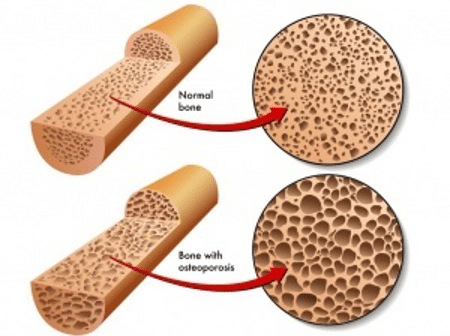
Figure 1: Microscopic view of bone with osteoporosis.7
Osteoarthritis
Joints refer to the junction between bone ends. Joint diseases can present in the form of irregular bone contour, joint effusion (fluid in the joint) and inflammation of the lining of the joint known as the capsule. Degeneration occurs due to wear and tear and overuse demanded by everyday activities. Cartilage wears off, bone surfaces rub together, and painful and stiff joints develop. This is known as Osteoarthritis.1,12
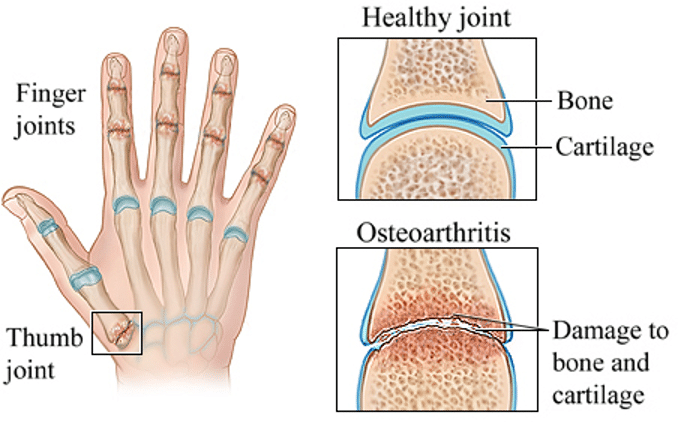
Figure 2: Osteoarthritis of the hand.12
Rheumatoid Arthritis
Rheumatoid Arthritis (RA) is an autoimmune disease. Inflammation becomes chronic while the body attacks itself as a whirlwind of attack and repair plays off. The attacking side usually dominates and severe inflammation of the joint lining, bone erosion and deformity of joints occur.8 RA present as malalignment of fingers with significant swelling and superficial manifestation is known as Rheumatoid nodules on the sides of the fingers.8 These lumps are firm and usually painless.1,9
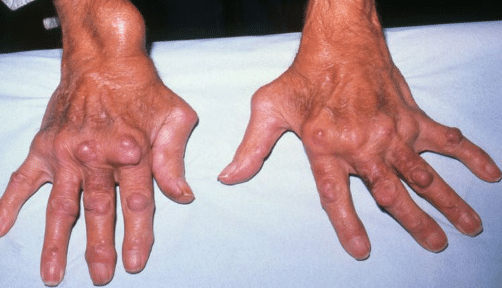
Figure 3: Clinical presentation of Rheumatoid Arthritis9
Gout
Gout is a form of inflammatory arthritis where crystals form in joint spaces as a result of an excessive build-up of uric acid known as hyperuricemia.10 The feet and knees are mostly affected, followed by the hands. Symptoms include swelling, pain, redness and warmth. In some cases, gout tophi (collection of uric acid crystals) can be palpated and forms a lump on the side of the joint. Clinical signs and symptoms are nonspecific and can mimic any form of inflammatory disease which include warmth, redness, swelling, pain and a loss of function.4,10
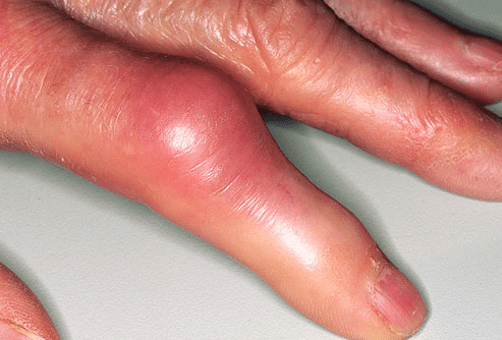
Figure 4: Gout on a finger.10
Ganglion cysts
Ganglion cysts are round, fluid-filled structures located on tendons or in joint spaces.3 These cysts are harmless and can range from the size of a pea to the size of a golf ball.8 The cause is unknown, although it is believed that trauma, overuse or repetitive movements may contribute. It often presents as a painless lump on the hand or wrist but can become painful as it exerts pressure on internal structures. If nerves are compressed, a tingling sensation may be felt in the fingers. The internal mobility of the wrist can also be compromised leading to weakness, pain and stiffness. These lumps can be aspirated with a syringe or surgically removed. 3,11,13
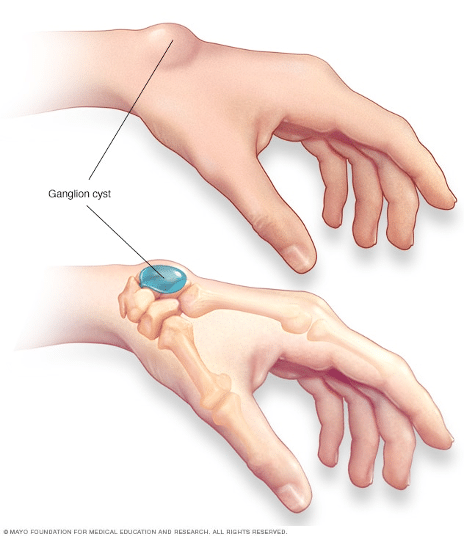
Figure 5: Ganglion cyst 11
Muscles in the forearm are attached to the bones in the hand by means of tendons. Tendons play the same role in the hand as the strings on a marionette would. By shortening or extending, the bones of the fingers bend and straighten. Tendons are located on the front (flexor) and back (extensor) of the hand and wrist. Grasping, gripping and turning the palm upward is compromised by inflammation or injury to these tendons. Tendonitis is characterized by pain, swelling and a lack of motion. If left untreated, tendinitis can become a longstanding disorder. The most common form of tendonitis in the hand is called De Quervain’s tenosynovitis that develops at the thumb from the repetitive action of picking up a baby.5 Physical activity places a large load on muscles, tendons and their junction known as the myotendinous junction that can tear or develop inflammation. Depending on the mechanism of injury, the tendon may also tear at the tendon insertion onto the bone.5,6
The flexor tendons of the fingers are held in position by thin bands called pulleys. Abnormal thickening as a result of inflammation of these bands leads to scar tissue formation and constriction of the tendon that, in a normal situation, should be able to glide freely underneath the pulleys. This is known as trigger finger. Patients explain that the finger “gets stuck” and may need help from the other hand to straighten.14
Multiple other small ligaments are found around the finger to stabilize joints and allow optimal motion. Impairment of these ligaments prohibits normal motion and causes pain and discomfort.
Neuropathy
Neuropathy describes a disease of the nerves, often seen due to overexertion or injury. Carpal tunnel syndrome is commonly caused by
- Inflammation of tendons
- Trauma: fracture of the forearm
- Tumours: ganglion, lipoma etc.
- Anatomical variants
- Osteoarthritis
- Rheumatoid arthritis
- Gout
- Diabetes
- Obesity
- Pregnancy
- Occupations involving high force/pressure and repetitive use of vibrating tools.15
It is characterized by numbness, pain and a tingling sensation in the wrist as the median nerve is compressed. A loss in strength and hand function are also associated. Conservative treatment may include splinting, adaptions in the work place, physiotherapy or medication. Surgery involves open release and endoscopic surgeries.15
Compression can also occur at the level of the elbow called cubital tunnel syndrome or in the forearm, called radial tunnel syndrome.
Successful outcome rests on the adequate diagnosis and focused treatment for the best possible recovery:
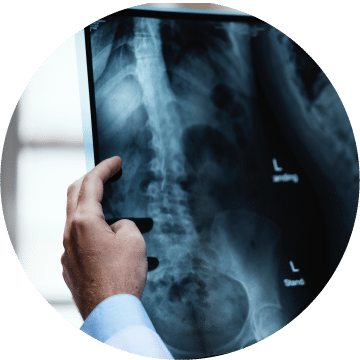
X-rays
Investigates bone structure, deformities and bone density.
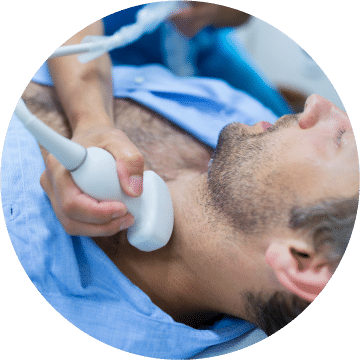
Ultrasound
Assessment of soft tissue structures around bone which include muscles, tendons, ligaments, joints and bone surfaces.

Computed tomography (CT) and Magnetic Resonance Imaging (MRI)
These are more comprehensive investigations of deep laying internal joint structures, small ligaments or complicated bone fractures in the wrist.
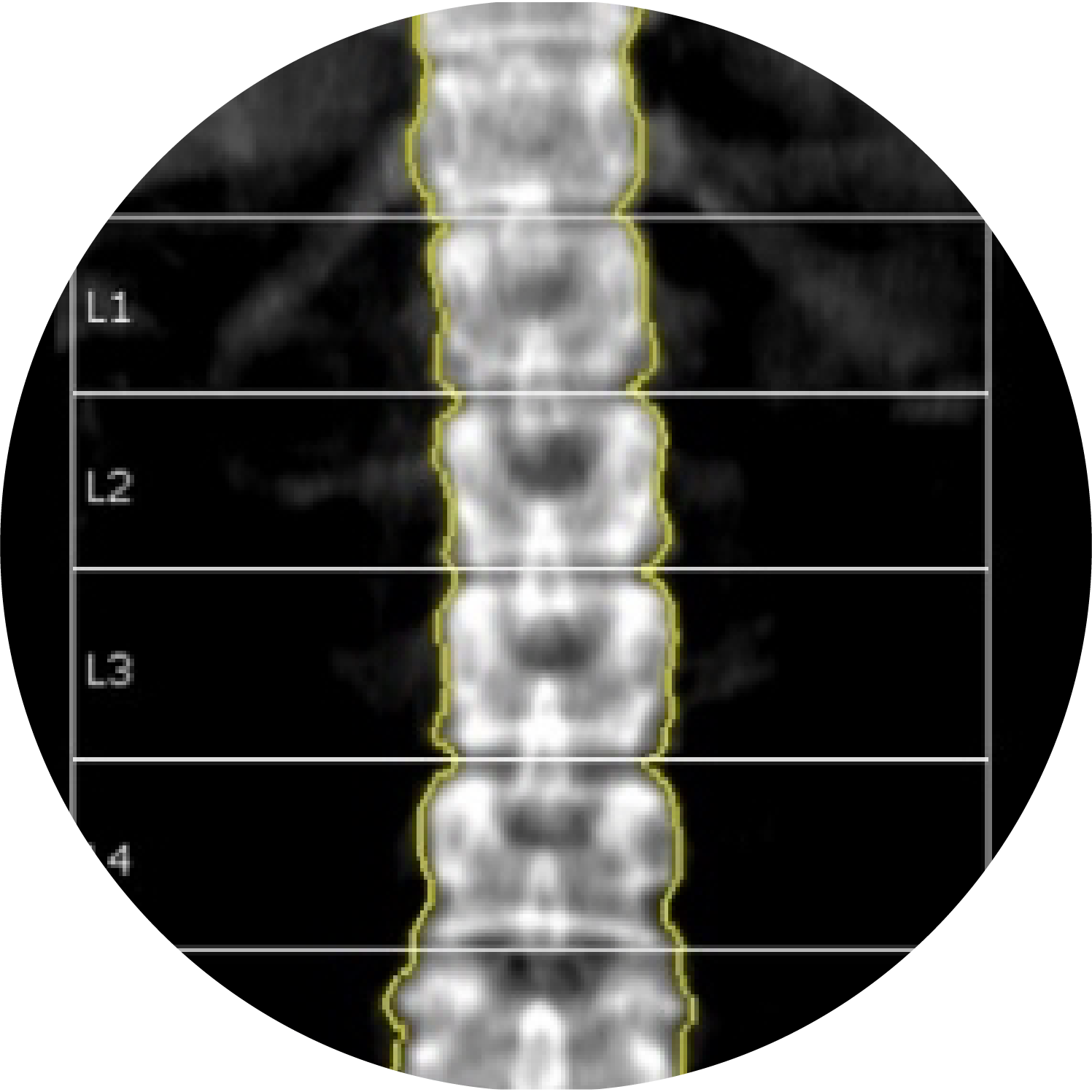
Bonedensity (DEXA) Scan
Focused and detailed bone density measurements on the areas in the body (including the wrist) that is most susceptible to bone fractures.
Treatment for each of these conditions differs and will, therefore, be uniquely prescribed by a general practitioner, chiro practitioner, occupational therapist or physiotherapist. Non-surgical treatment may include nonsteroidal anti-inflammatory medication; corticosteroids; ice, heat and splits. Surgery may be considered if conservative treatment fails.
If you suspect any hand pathology or would like to know more about diagnosis and imaging of hand pathology, reach out to Keystone Radiology at 087 055 0587 or info@ks-med.co.za
Make a booking
References:
- Total Orthopaedic Care [Internet]. 10 Different types of bone diseases to watch out for. Total Orthopaedic Care. 2018 [cited 20 June 2020]. Available from: https://www.toc.md/2018/08/03/10-different-types-of-bone-diseases-to-watch-out-for/
- MedicineNet [Internet]. Osteoporosis. WebMD. 2020 [cited 20 June 2020]. Available from: https://www.medicinenet.com/osteoporosis/article.htm
- Healthline [Internet]. Ganglion Cysts. The University of Illinois-Chicago. 2017 [cited 20 June 2020]. Available from: https://www.healthline.com/health/ganglion-cysts
- Centres for Disease Control and Prevention [Internet]. Gout. National Center for Chronic Disease Prevention and Health Promotion. 2019 [cited 20 June 2020]. Available from: https://www.cdc.gov/arthritis/basics/gout.html
- Shoreline Orthopaedics [Internet]. Hand and wrist Tendinitis. 2020 [cited 20 June 2020). Available from: https://www.shorelineortho.com/specialties/hand_and_wrist-hand_and_wrist_tendinitis.php#:~:text=Tendinitis%20can%20cause%20pain%20and,common%20types%20of%20wrist%20tendinitis.
- National Institute of Health [Internet]. Tendinopathy: Pathophysiology, Therapeutic Options, and Role of Nutraceutics. A Narrative Literature Medicina (Kaunas). 2019 [cited 20 June 2020]. Available from: https://www.ncbi.nlm.nih.gov/pmc/articles/PMC6723894/
- Endocrineweb [Internet]. Osteoporosis Symptoms. Remedy Health Media. 2016 [cited 20 June 2020). Available from: https://www.endocrineweb.com/conditions/osteoporosis/osteoporosis-symptoms
- Hospital pharmacy Europe [Internet]. Rheumatoid arthritis in adults: Updated NICE guidelines. 2019 [cited 20 June 2020]. Available from: https://hospitalpharmacyeurope.com/news/reviews-research/rheumatoid-arthritis-in-adults-updated-nice-guidelines/
- Verywell Health [Internet]. What are Rheumatoid Nodules. Dotdash publishing. 2020 [cited 20 June 2020]. Available from: https://www.verywellhealth.com/what-are-rheumatoid-nodules-188254?utm_source=pinterest&utm_medium=social&utm_campaign=shareurlbuttons
- WebMD [Internet]. Gout Pictures Slideshow: Causes, Symptoms, and Treatments of Gout. 2020 [cited 20 June 2020]. Available from: https://www.webmd.com/arthritis/ss/slideshow-gout
- Mayoclinic [Internet]. Ganglion cyst. Mayo Foundation for Medical Education and Research (MFMER). 2019 [cited 21 June 2020]. Available from: https://www.mayoclinic.org/diseases-conditions/ganglion-cyst/symptoms-causes/syc-20351156
- alberta.ca [Internet]. Osteoarthritis Of the Hand. 2019 [cited 20 June 2020] Available from https://myhealth.alberta.ca/health/pages/conditions.aspx?hwid=zm6124
- Minotti P, Taras J. Ganglion cysts of the wrist. American Society for Surgery of the hand, 2002; vol 2:2.
- Agrawal D, Brozovich N, Reddy G. A critical appraisal of adult trigger finger: Pathophysiology, treatment and future outlook. Plastic Reconstruction Surgery Global Open, 2019.
- National Institute of Health [Internet]. Carpal Tunnel Syndrome. Ulster Medical Society. (Updated Jan 2008, Cited 20 June 2020). Available from: https://www.ncbi.nlm.nih.gov/pmc/articles/PMC2397020/
